A recently published book by a West Island biologist categorizes the rich variety of fauna and flora in Baie d’Urfé and the surrounding region, urging locals to see it for themselves.
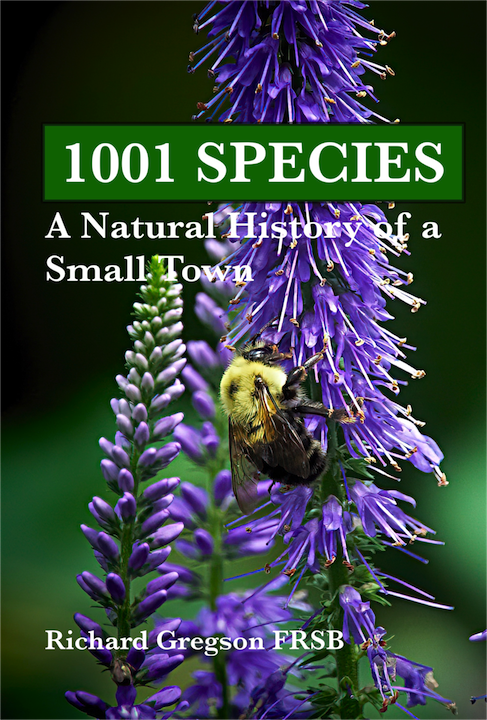
All photographs by Richard Gregson
We’re all familiar with the animals and plants that inhabit our suburban landscapes, right? They’re easy to spot and identify because there aren’t that many. If this is your belief, prepare to be astonished.
A recently published book by Baie d’Urfé biologist Richard Gregson is an astounding look at the staggering number of flora and fauna species that are all around us, whether or not we’re aware of them. And here’s the clincher: they’re in Baie d’Urfé and the eight kilometres radiating out from that West Island town.
Titled 1001 SPECIES — A Natural History of a Small Town, the book describes the wildlife that is visible in the region if we choose to see it. “Most people who live in semi-urban or peri-urban environments are surrounded by wildlife but they don’t see it,” Dr. Gregson said in an interview with West Island Home & Life. “They think that nature is something that’s ‘out there.’ It’s no one’s fault. But people may not know what they’re looking at, which is why I put a list in the book of 20 common birds.”
The book, he says, is not meant to be an exhaustive field guide, but rather an introduction to the biodiverse wildlife that abounds here, offering advice on how and where to view it. “I call it 1001 Species but it’s really closer to 5,000,” he says.
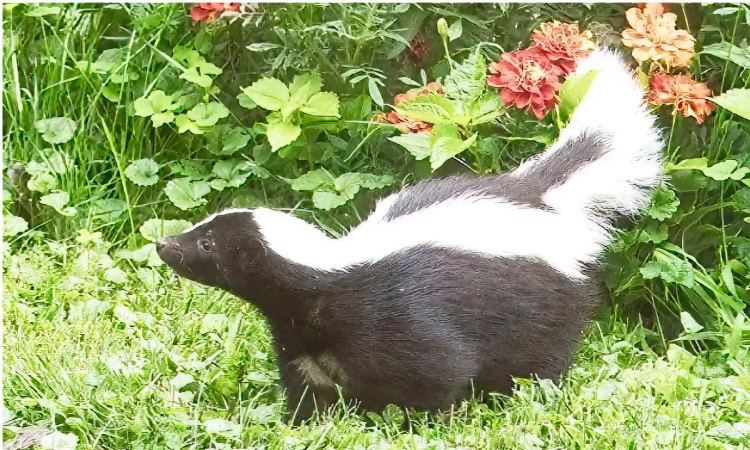
“The point of collecting and collating the following information was to offer a starting point for anyone and everyone who looks at a bird or a flower or a bee and wonders what it is,” the book’s introduction says.
Dr. Gregson, who emigrated from Britain in 1998 with his wife, Jean Harwood Gregson, is a biologist who has had an interest in wildlife since childhood. A Fellow of the Royal Society of Biology, he turned his attention to identifying the species that live in his suburban region after he retired a decade ago. The book, he said, was a project that he undertook during the Covid lockdown.
“I’m one of those people who likes making lists,” he said. “When I was child in England, I would make lists of everything I saw: birds and insects, but also the names of pubs, believe it or not. Bird-watching is a continuation of that. Avid birders keep lists of the birds that they see in their gardens and in the wild.”
The book, however, is about much more than lists of birds. While it does catalogue the many birds West Islanders can see here—including the top 20 birds that visit our gardens—it also separates Baie d’Urfé wildlife into categories. They include mammals, reptiles, amphibians, fish, insects, butterflies and moths, spiders, flowering plants, trees, shrubs, ferns, lichens and fungi. Far from being a monotonous list though, the book features engaging prose written in the friendly style of a wildlife expert imparting fascinating information to a neighbour over a garden fence.
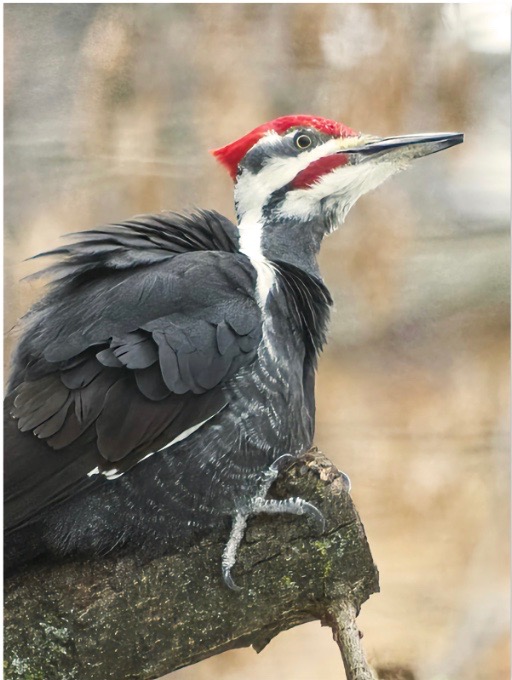
“Whatever is here has adapted to human habitation,” Dr. Gregson says. “In cities, there is lots of food and a lot of mammals exploit our waste but they know that we’re a threat, so they stay hidden.”
He estimates that about 30 per cent of the wild plants in Montreal are not native species, but ones that have been introduced and naturalized here.
For anyone who doubts that this area is a treasure trove of animal and plant life, the proof is in the superb photos that Dr. Gregson has taken of wildlife he’s seen in Baie d’Urfé and the surrounding area.
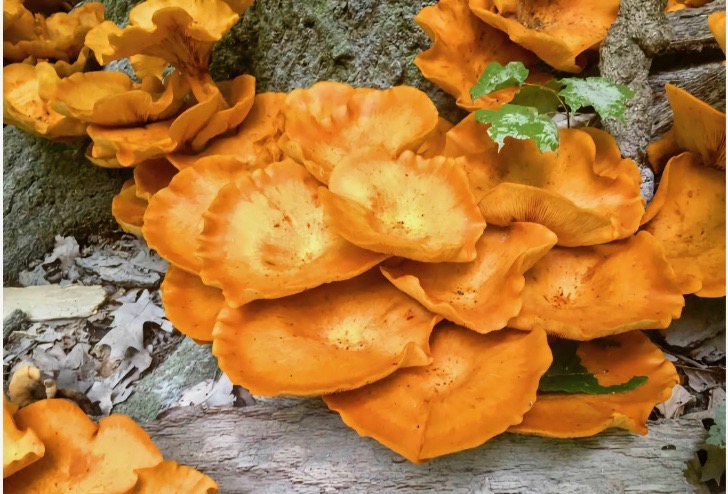
1001 Species also describes each of the seasons here and the wildlife that is active at various times throughout the year. For instance, want to know when and how to catch a glimpse and hear the call of a Common Loon as it stages on Lake St. Louis during its spring migration? Or perhaps you’d like to see salamanders as they leave their winter abodes to seek out the Morgan Arboretum’s vernal pools each spring. There’s also specific advice on where to go in Baie d’Urfé to view various species: aquatic birds on the Lake St. Louis shoreline, woodpeckers and Red-Tailed Hawks at John Weir Park (corner of St. Andrews and Victoria Streets) where they may be in the perimeter trees.
“There is one bird call that you may not even recognize as even coming from a bird,” Dr. Gregson writes in the section titled Summer. “In Fritz Park, immediately to the west of the Garden at Fritz, there is a mature shelter-belt of trees. For most recent years, the volunteers working on the garden have been serenaded by the Gray Catbird (Dumetella carolinensis), which sounds exactly like a domestic cat . . . They are a regular nester in that location.”
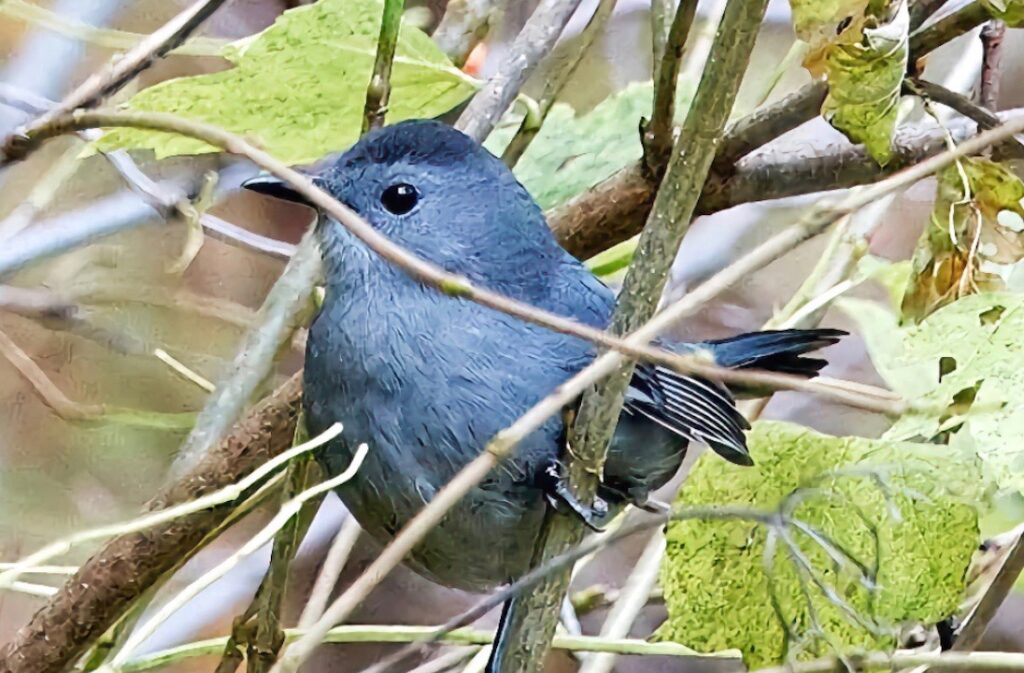
For those of us who see wildflowers everywhere but have no idea what they are, there’s an excellent section identifying various species. The photographs reveal plants that we’ve all seen but may not have identified.
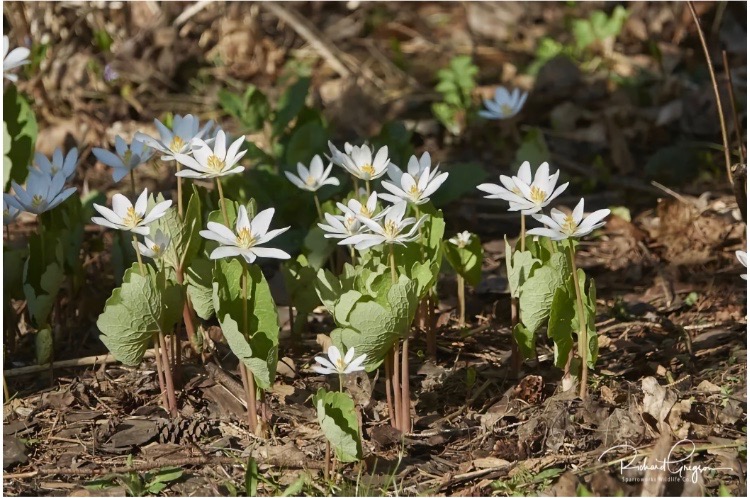
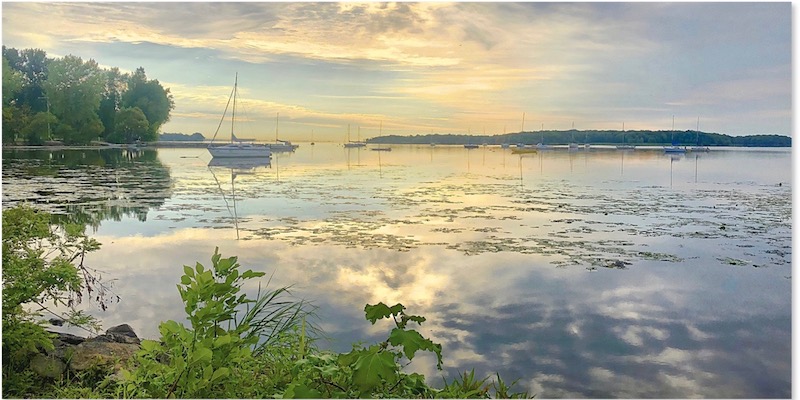
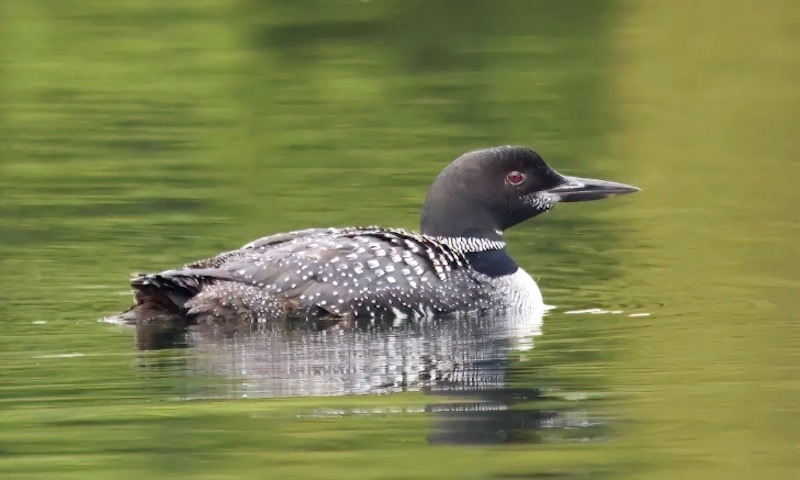
(Above, left) Baie d’Urfé’s shoreline during the summer. (Above, right) Residents may see—and hear—an occasional Common Loon on Lake St. Louis during the spring migration.
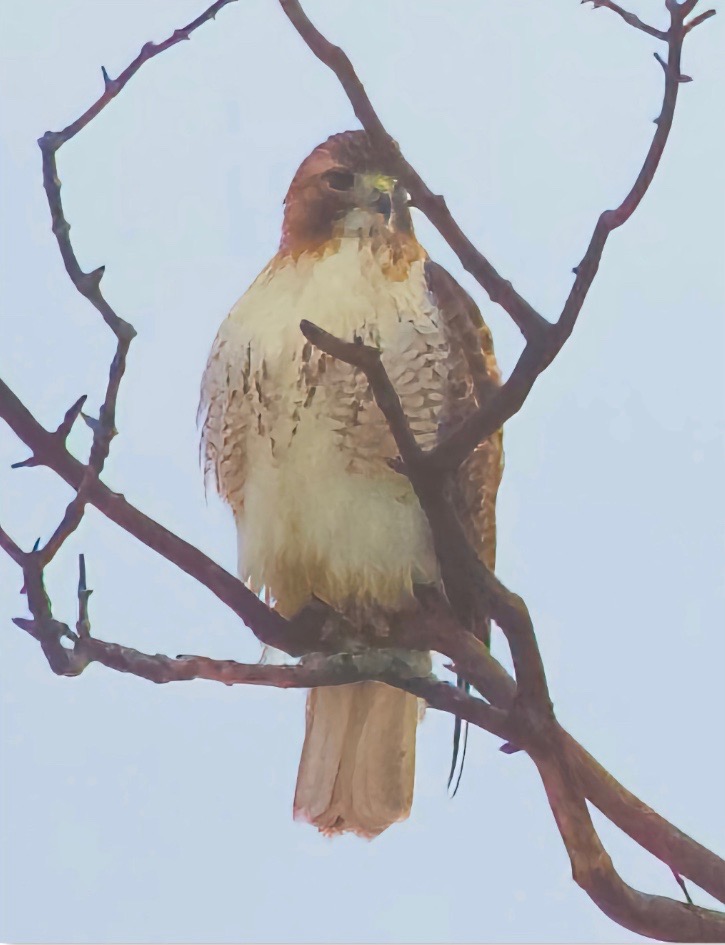
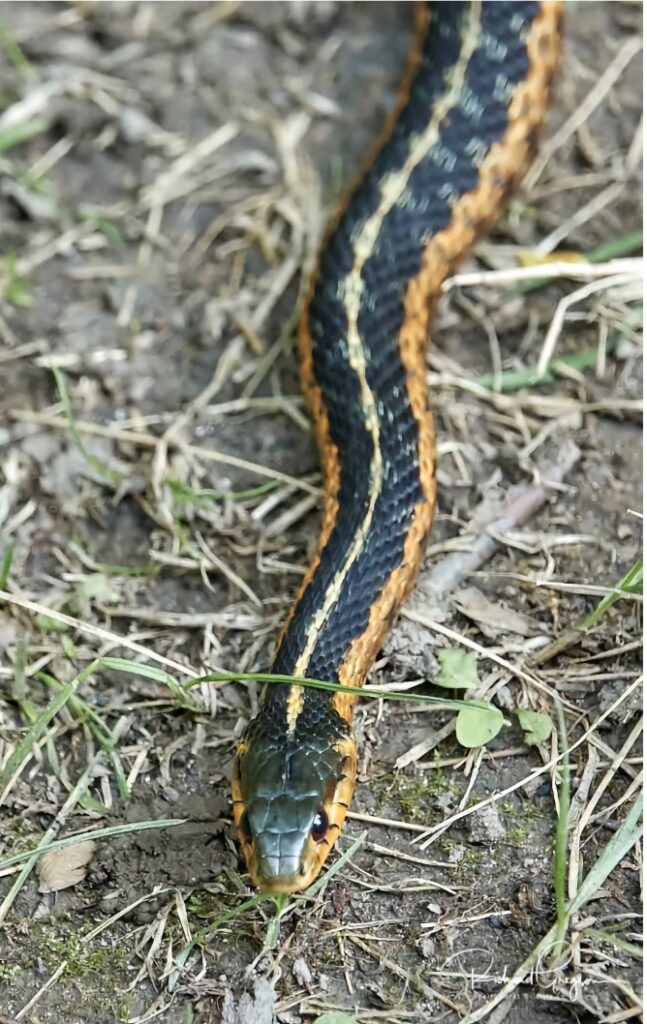
(Above, left) A Red-Tailed Hawk. Check out the perimeter trees at John Weir Park to catch a glimpse of one. (Above, right) A garter snake.
The most enchanting theme of this book is Dr. Gregson’s encouragement to look around and be amazed and captivated by the natural world that surrounds us. 1001 SPECIES — A Natural History of a Small Town has the potential to be one of those books that enables its readers to view the world—their hyper-local world, that is—differently. We all have a handful of books that torque our brains in directions that we never imagined they could go. This is such a book for residents of Baie d’Urfé and the surrounding West Island municipalities. “I’m trying to pass on knowledge to people about how to see things,” Dr. Gregson says. “You can train yourself to see and hear.”
Look beyond the buildings and roads of the West Island and be truly astounded by what lives with us, largely unnoticed.
For more information about 1001 SPECIES — A Natural History of a Small Town, go to www.1001species.ca where you can obtain print or PDF copies of the book. It is also available as a Kindle ebook from Amazon here.








